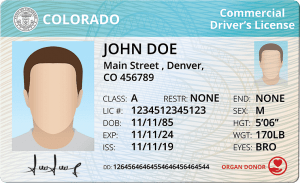Colorado General Knowledge Practice Test 3
Official CO General Knowledge: What to Expect

Hello to the Rockies’ future commercial drivers! Preparing for the CDL exam might seem like climbing a mountain, but with our Colorado General Knowledge Practice Test, consider it a pleasant drive uphill. Drawing its essence from the 2024 Colorado CDL manual, our test promises authenticity. Curious about the nature of questions? Here’s a taste: “How does alcohol consumption affect your driving capabilities?” and “Why is inspecting cargo pivotal before starting a trip?”. Touching upon alcohol and driving and inspecting cargo, these samples ensure you’re in sync with the real deal.
Our test is a reservoir of 50 well-researched questions, challenging yet enlightening. And while 80% is the target score, every mistake is a learning opportunity with our detailed explanations and immediate feedback. The freedom of unlimited attempts ensures you’re always climbing, and with performance tracking, you’ll know every milestone you pass.
With a CDL in hand, imagine the horizons expanding in Colorado’s scenic landscapes. Open doors to versatile job opportunities, elevate your earning potential, and relish the freedom and respect that come with the tag of a commercial driver. A CDL isn’t just a license; it’s your ticket to a promising career.
Our practice test is a blend of challenge and support. It’s designed to test, teach, and bolster your confidence. From introducing diverse question types to refining your strategies, from quick concept revisions to building an exam temperament, it’s your go-to guide.
Future drivers of Colorado, the journey to commercial driving prowess starts here! Engage with our practice test, master the road rules, and confidently ace that CDL exam. Your highway to success awaits!
Note: These are additional state descriptions incorporating the new requirements. The process can be continued for the remaining states using a similar approach.